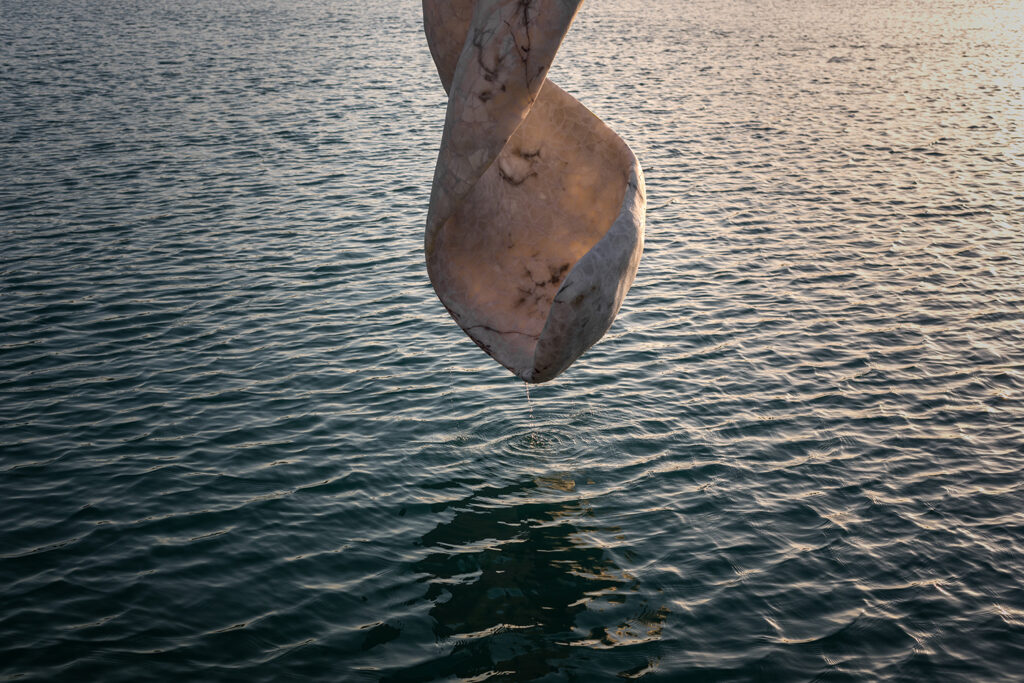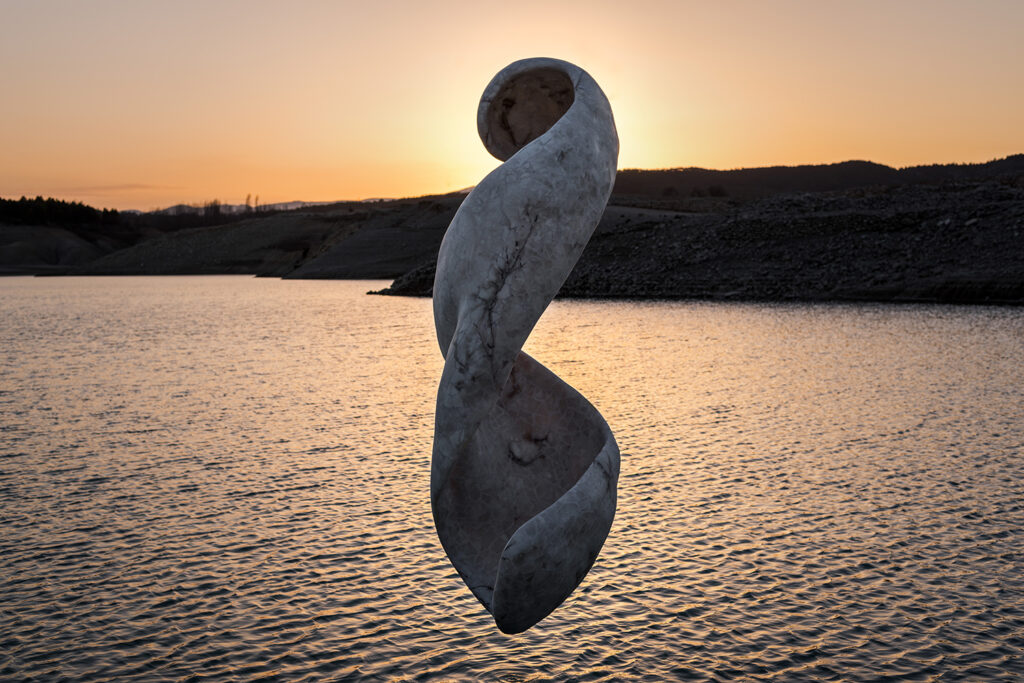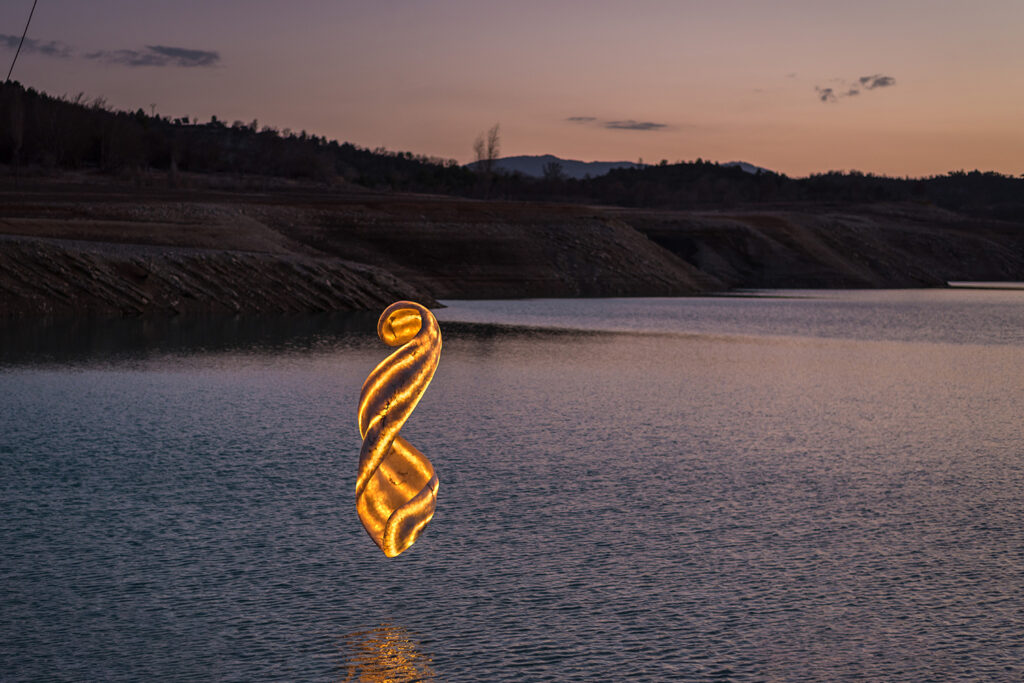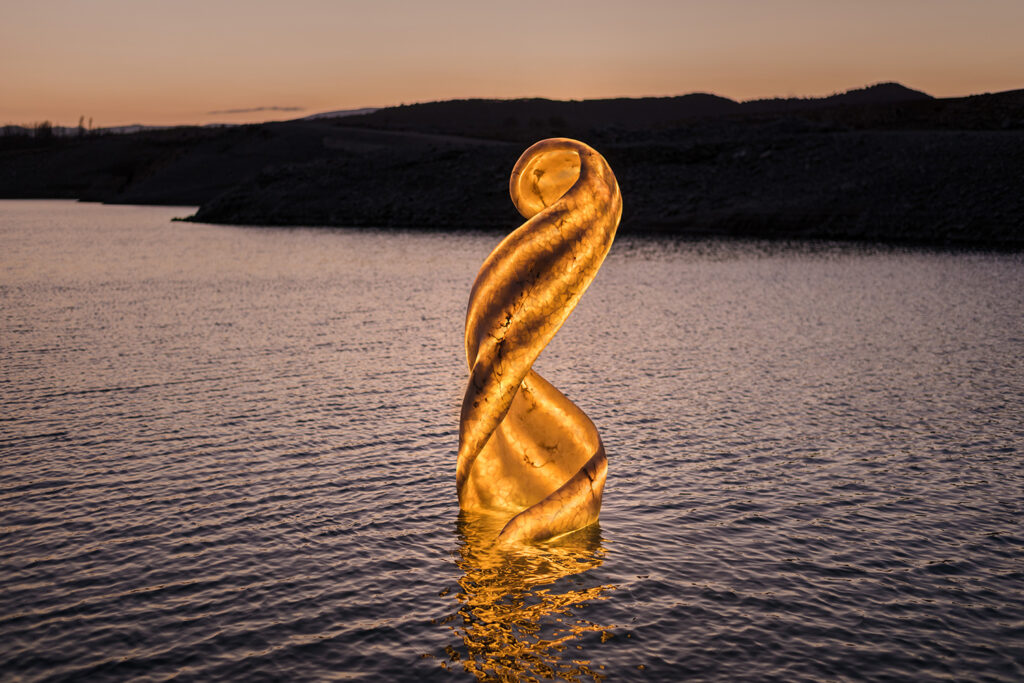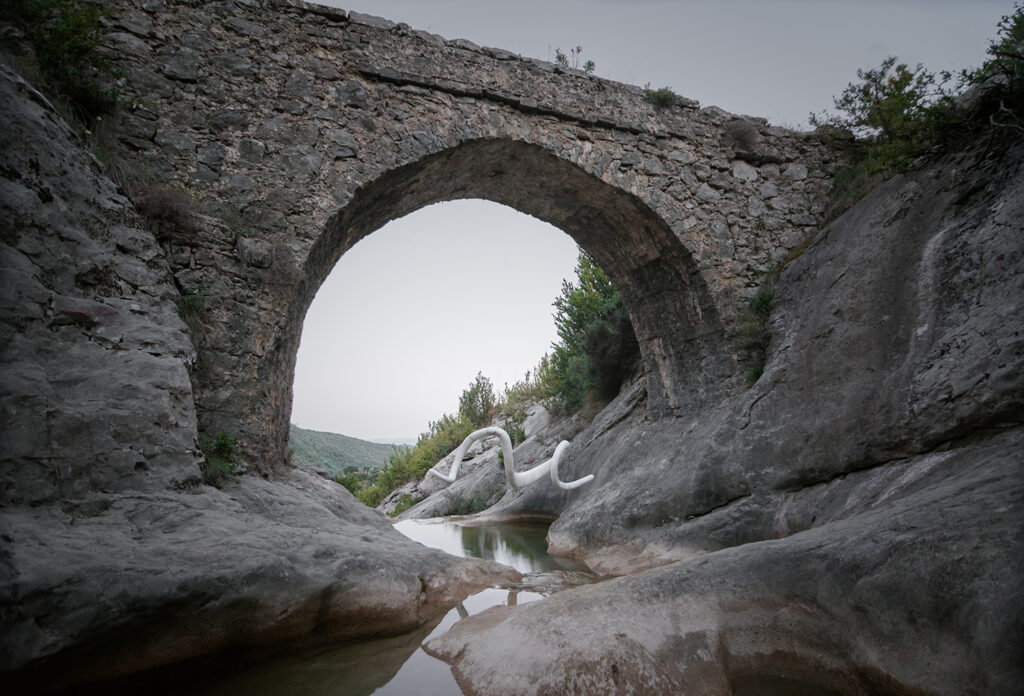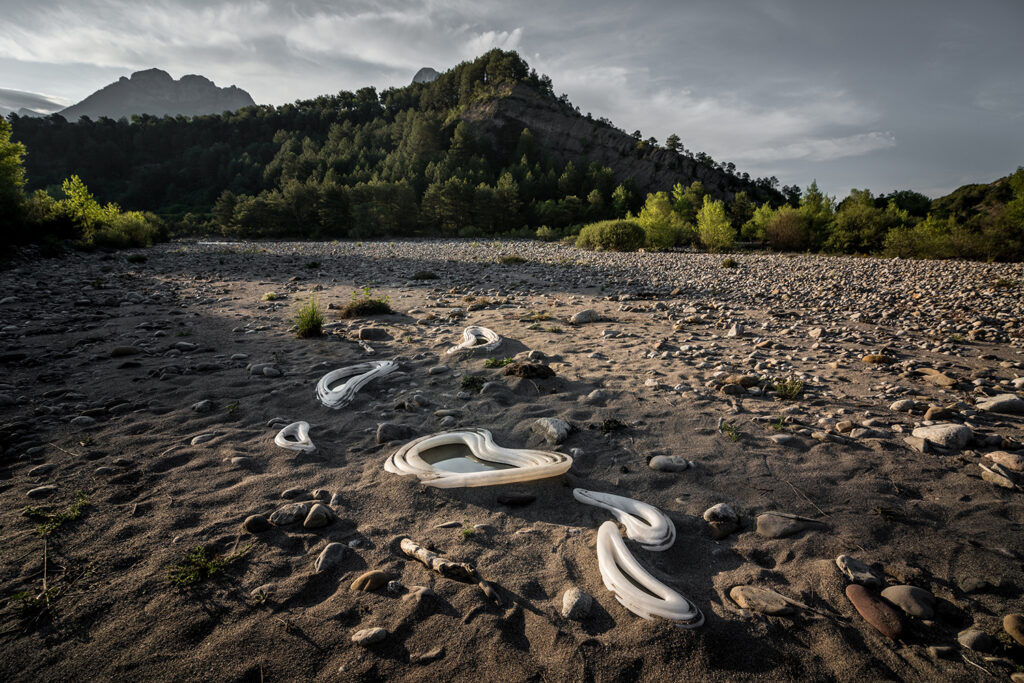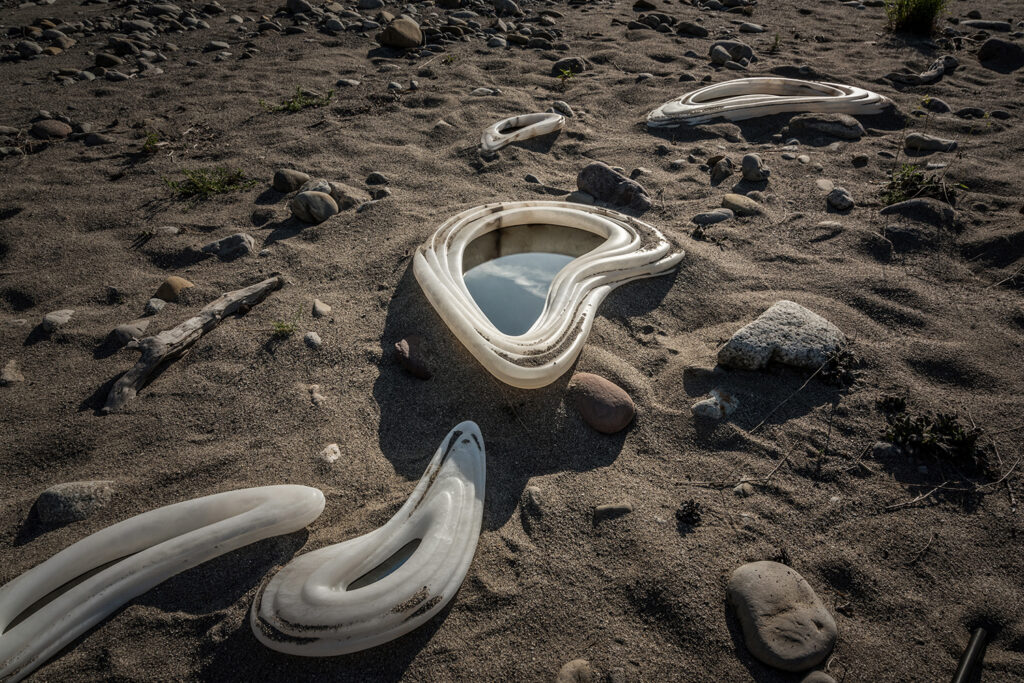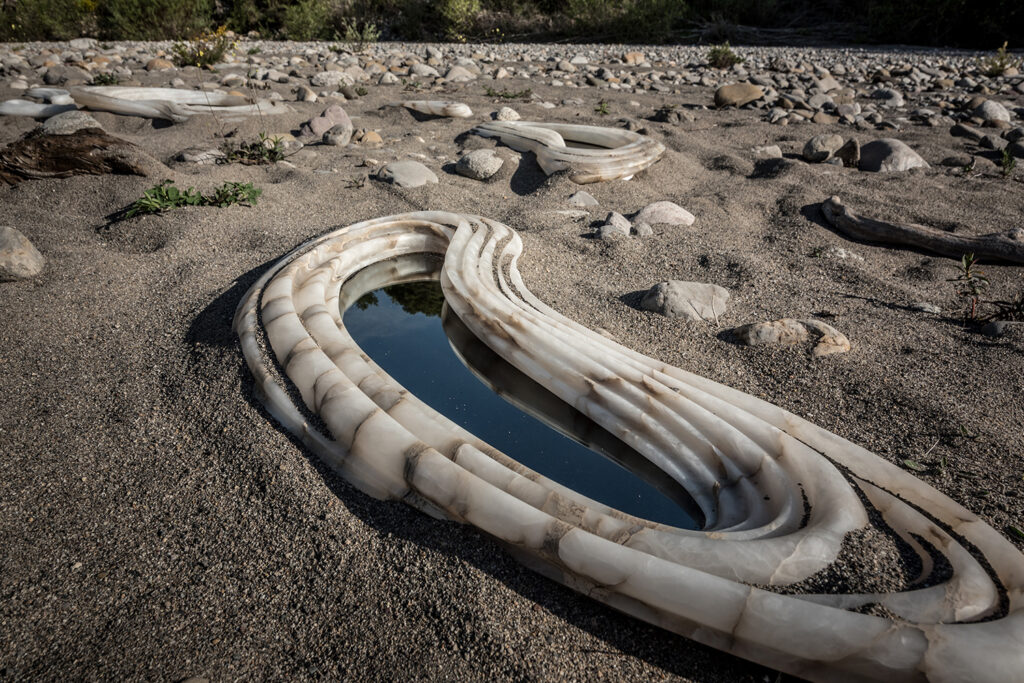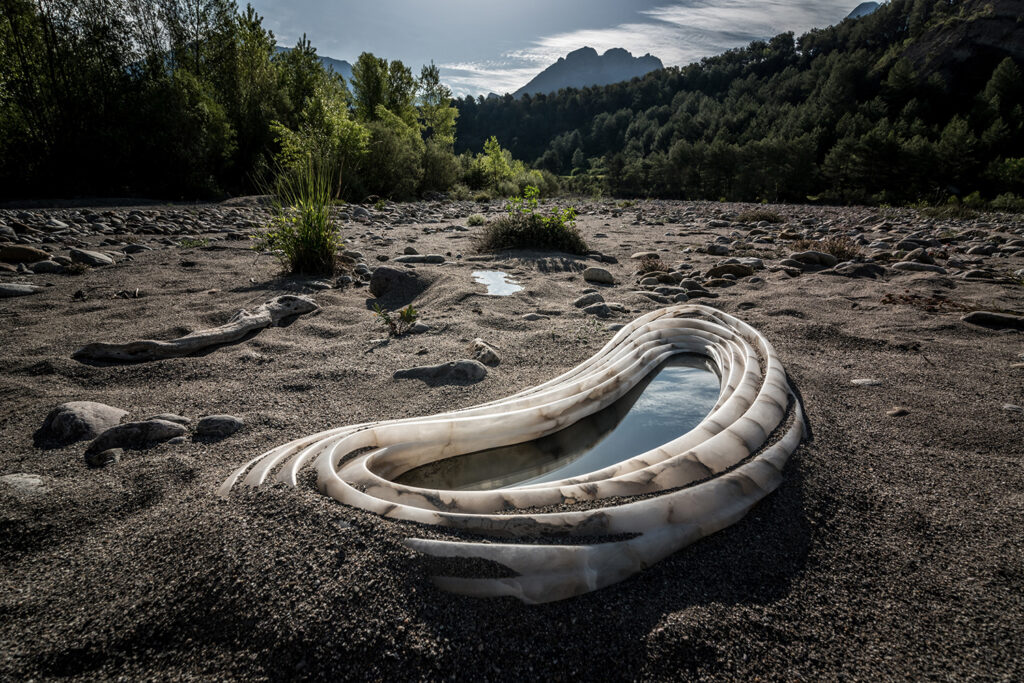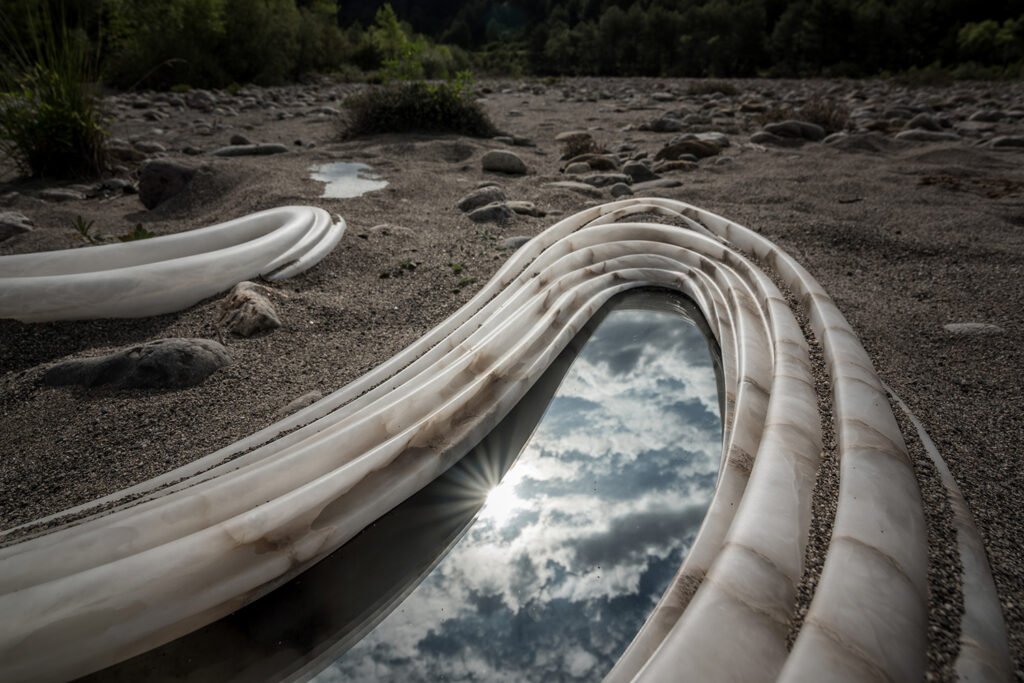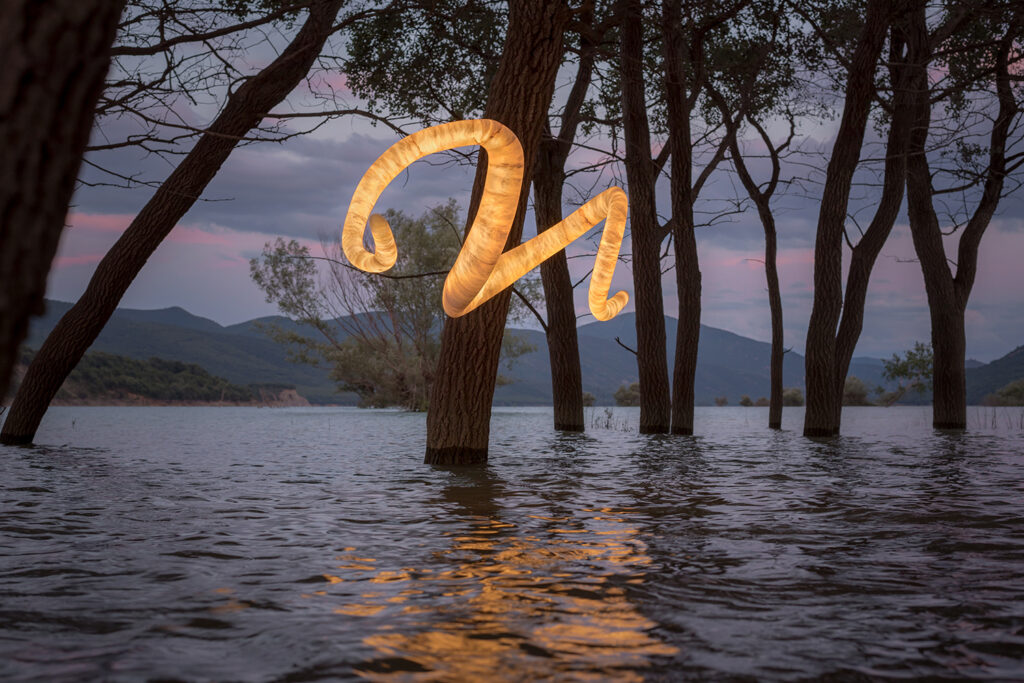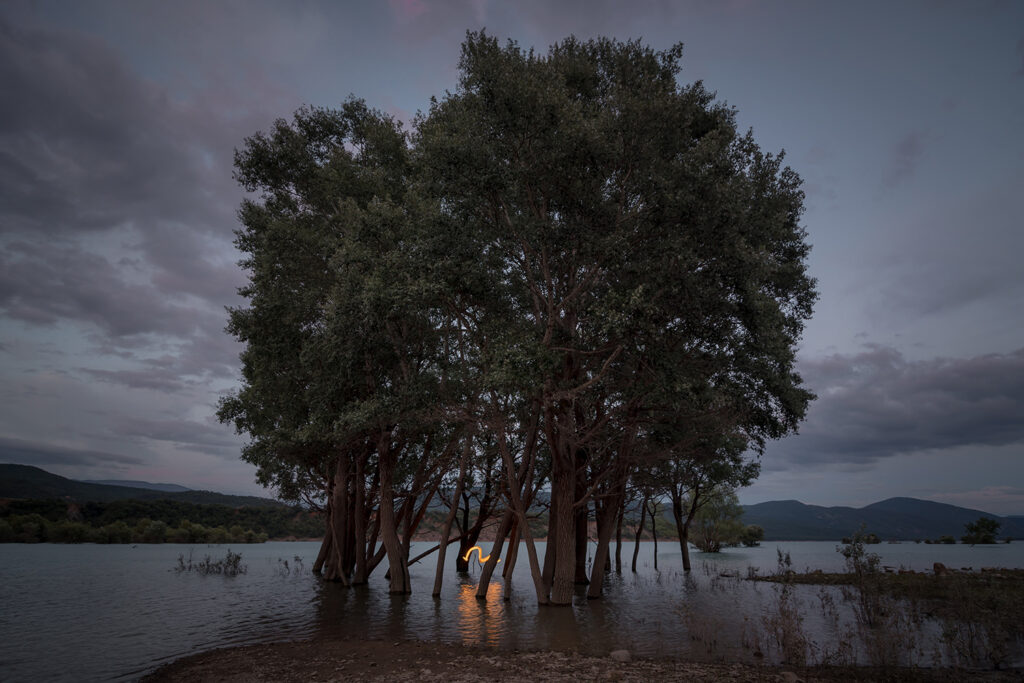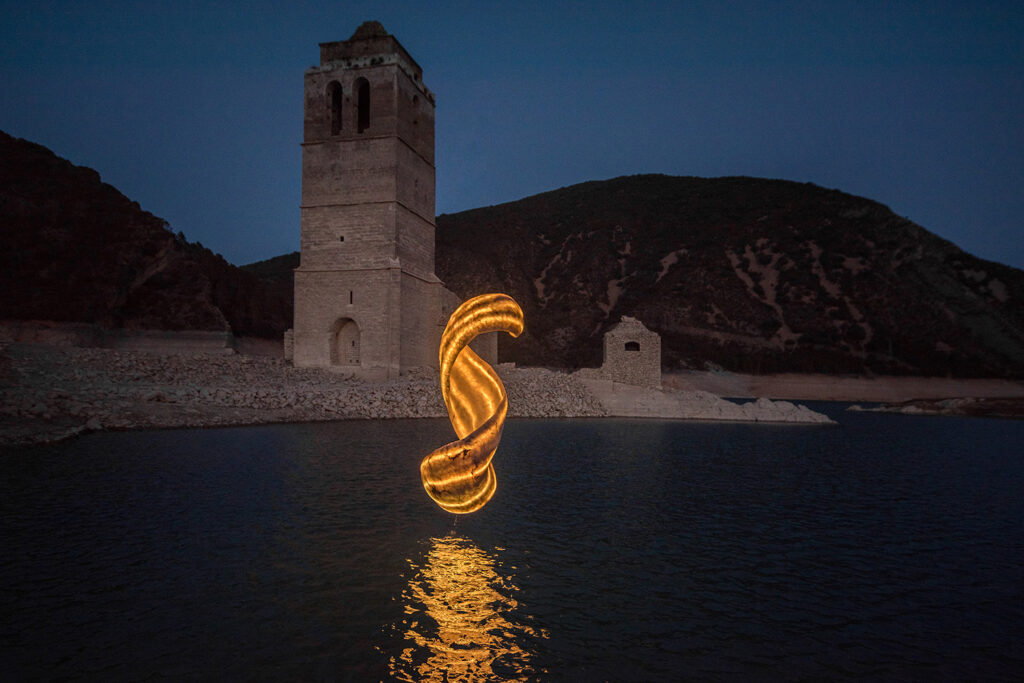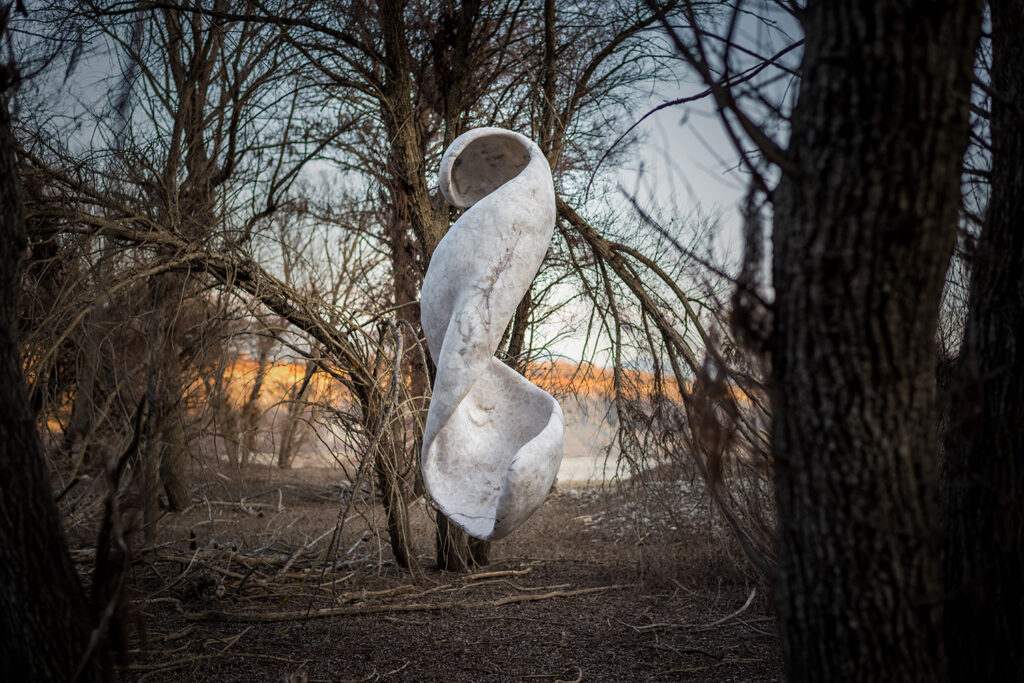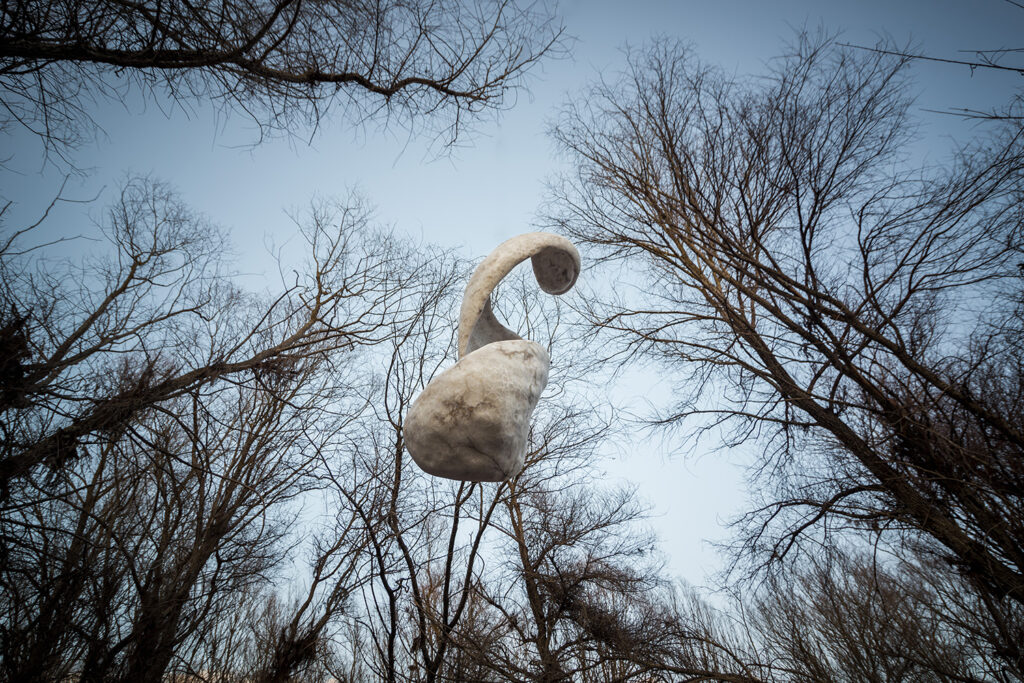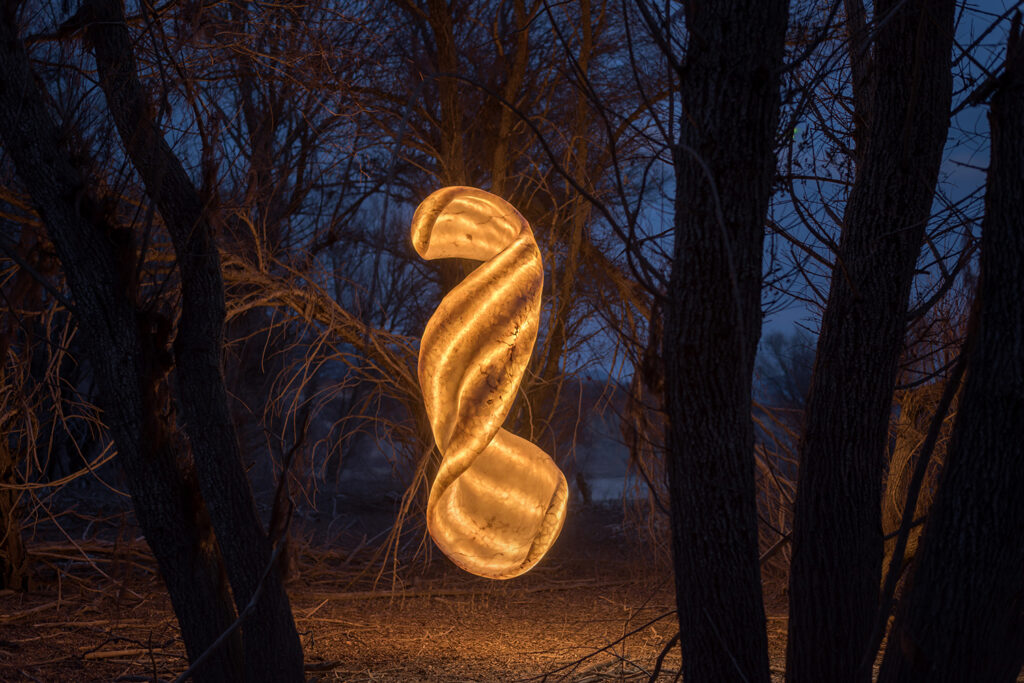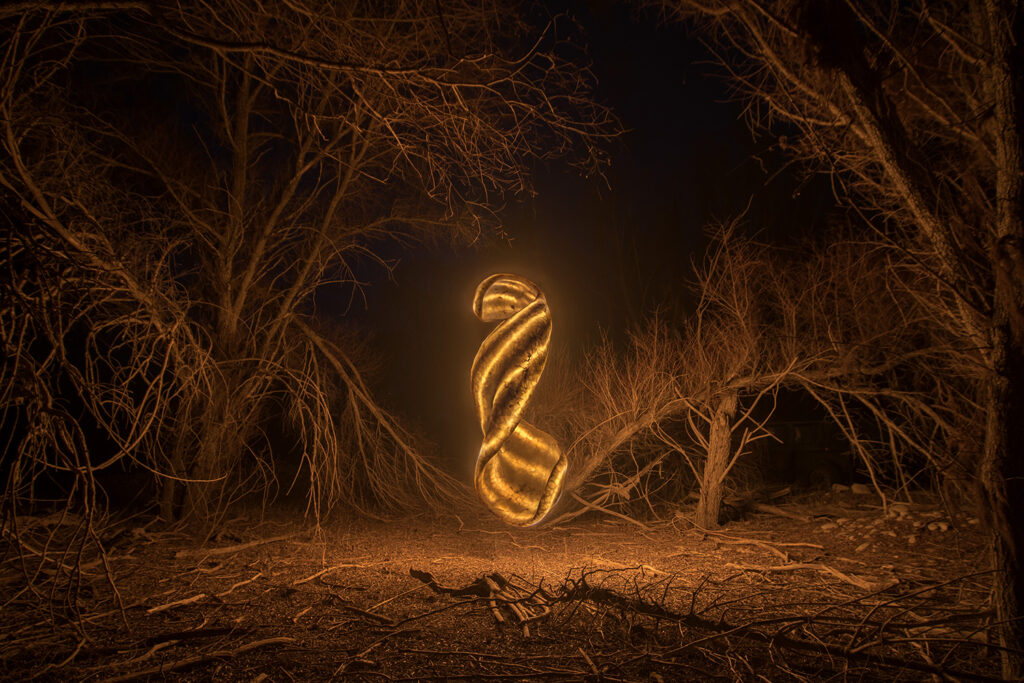METAMORPHOSIS EXHIBITION
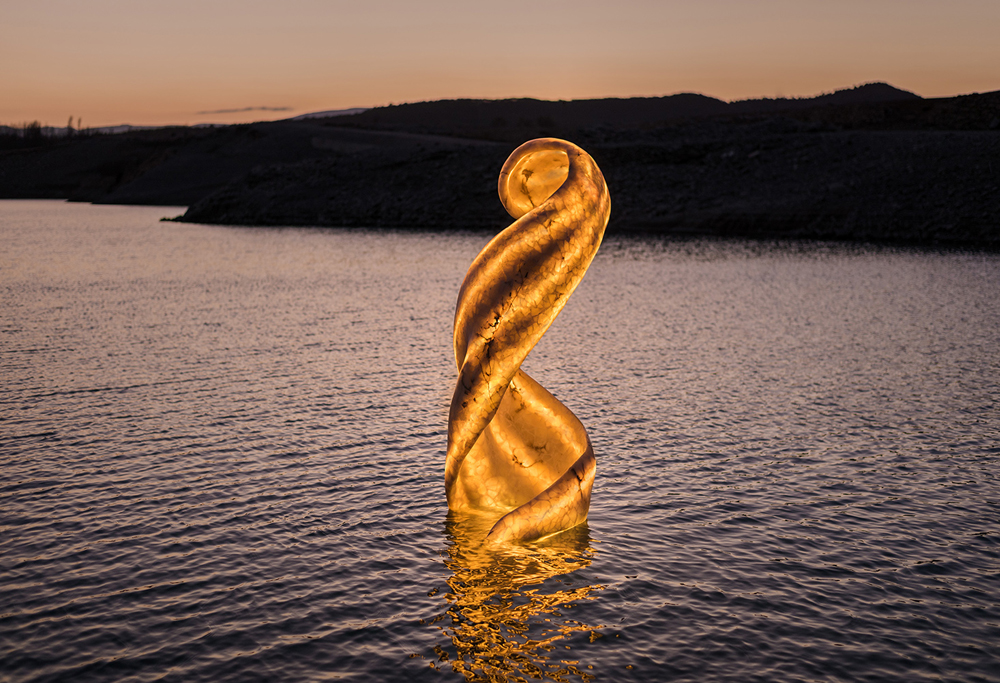
About This Project
Amarist fuses sculpture and landscape in their first virtual exhibition
Metamorphosis project recreates a fictitious future where water is in a fossil state.
‘Metamorphosis Exhibition’ becomes the first work that Amarist presents in a completely virtual format. The exhibition, curated by the museum IAACC Pablo Serrano and made from Alabaster Stone sculptures recreating a fictitious future where water is in a fossil state. Through their works, the artist duo capture ephemeral moments where that future intertwines with the past in our present.
This digital Land Art project offers a journey through different characteristic landscapes of Aragon, Spain, where water has caused a transformation in the territory, proposing a reflection on the fragility of the environment and of life. With this exhibition, the IAACC Pablo Serrano and Amarist take another step forward in artistic creation in an exclusively virtual format, captured solely by a series of high- impact images and video productions that aim to democratize access to culture and art.
Arán Lozano and Clara Campo, the artists behind the pseudonym Amarist, began the work ‘Metamorphosis’ in 2020, during the quarantine period due to the pandemic, based on a research process on alabaster stone, its geological formation and its composition physical chemistry.
This immersion in the essence of the material, originating from the banks of the Ebro, led them to invent a completely innovative new working technique that allows them to create shapes and dimensions never seen before in alabaster, such as those presented here today. During the creation process, the artists undertook a journey through the Aragonese orography to locate and choose the landscapes to develop their vision, and, finally, they focused on the manual production of the sculptures that give life to the performance.
In the videographic execution of the exhibition, the meticulous work of observing the change of the landscape in the different seasons of the year is reflected with the selection of the most opportune moments to make the shootings with the sculptures. The production of the content was very conditioned by the ephemeral window of ideal light to make the recordings and by the difficulty of logistics when transporting and placing the sculptures in the landscape.
Another of the great challenges of the project was the elaboration of the central sculpture of the exhibition, the largest backlit alabaster sculpture ever created, ‘Aqua Fossil Oda’, over 3 meters long and weighing 300kg.
The piece was designed after choosing the main locations of the project, and designed conceiving its shape as a great petrified watery torrent with enough character and dimension to generate the presence of a great entity, of an existence, in the landscape.
‘Aqua Fossil Oda’ thus represents the culmination of Amarist’s active research and creation process over the last two years, with more than ten sculptures through which they have perfected the technique that poetically describes alabaster as fossilized water, returning this characteristic mineral to its aqueous origin, molding it as a plastic material and showing each piece as a treasure emerged from an ancient sea.
The unique way of working that artists have with alabaster stone has led them to give national and international conferences, such as at the Madrid Design Festival or the University of British Columbia in Vancouver, and to exhibit the pieces at the main international art and design fairs.
In the coming year, the Amarist duo will materialize this exhibition physically at the IAACC Pablo Serrano Museum in Zaragoza, Spain.
FOSSIL SEA
FOSSIL CANYON
FOSSIL RIVER
FOSSIL TOWN
FOSSIL FOREST


